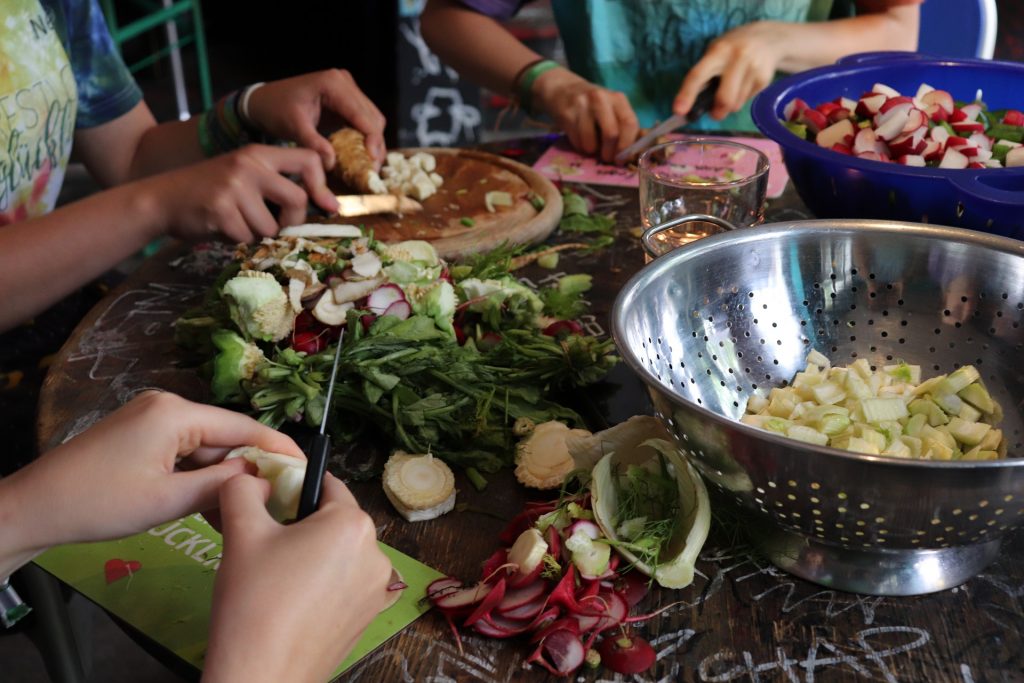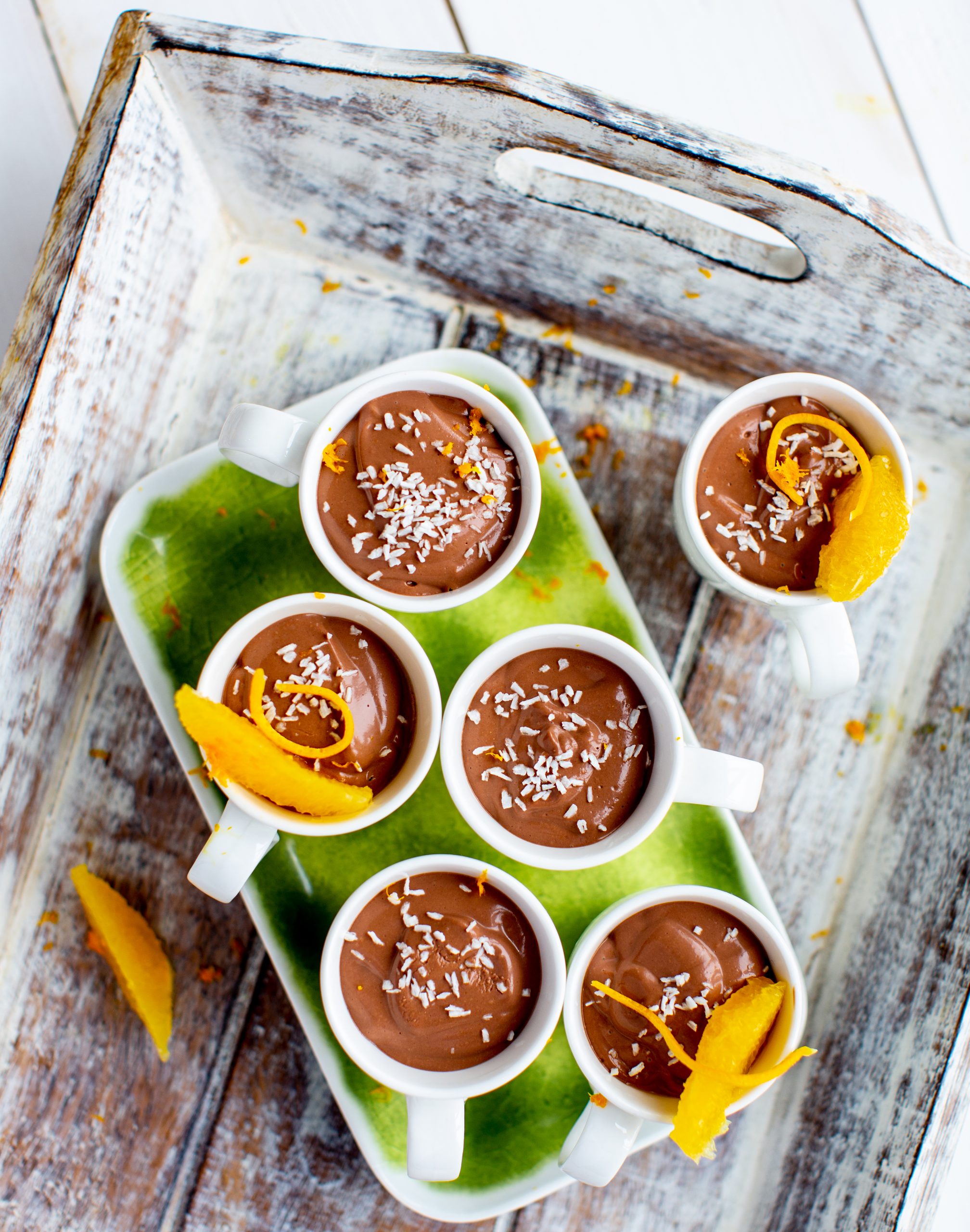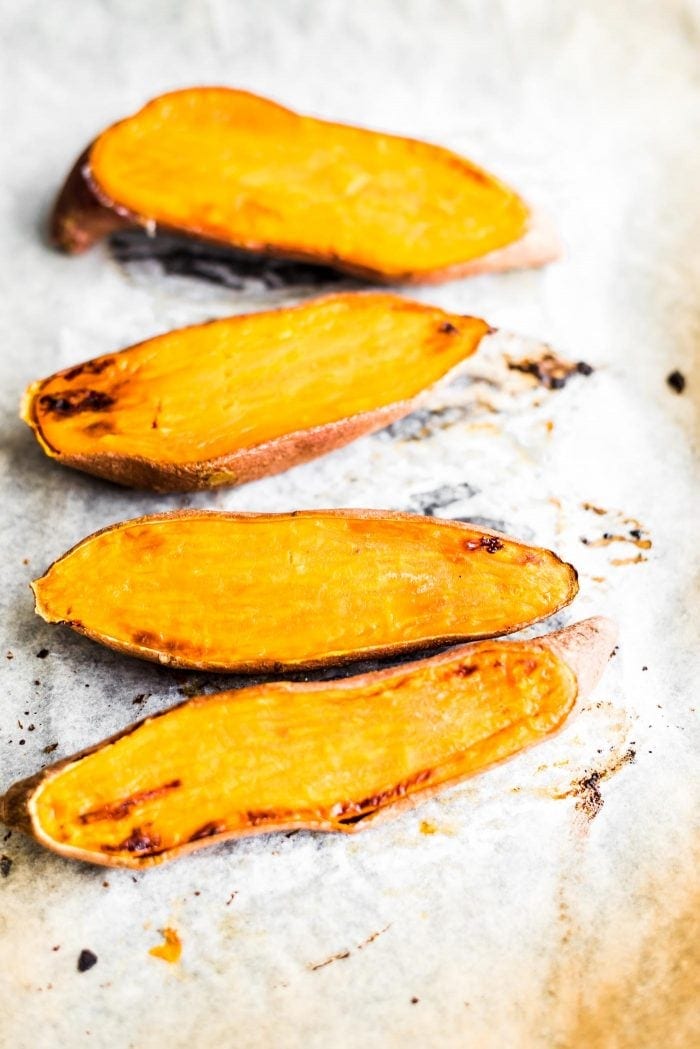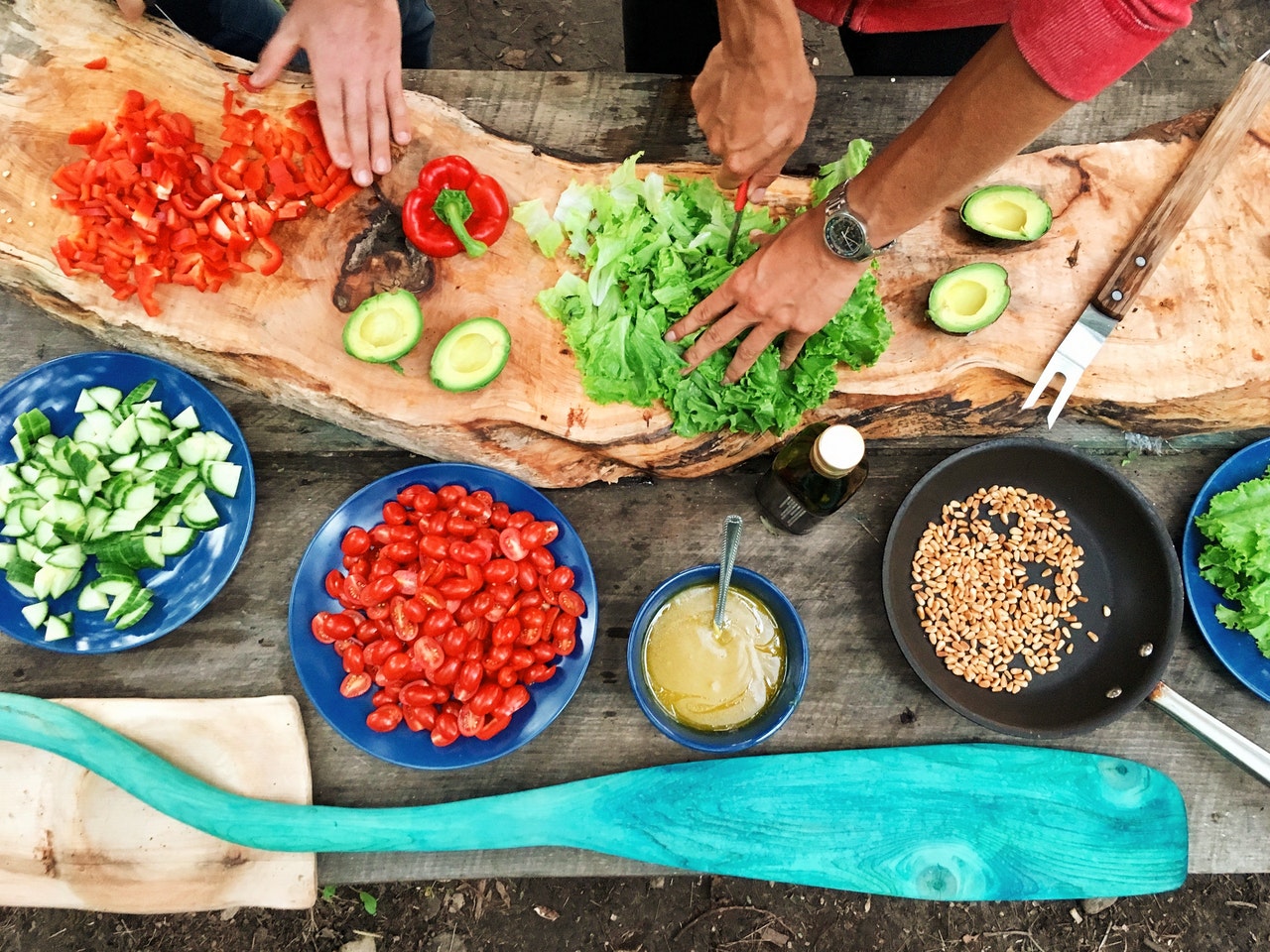The Single Most Powerful Step We Can Take Toward Sustainable Living
International Yoga Festival & Health Expo Foundation has joined forces with Marlene Watson-Tara to continue to educate the need to move toward a vegan world. Marlene has worked as a Macrobiotic Teacher & Counsellor, traveling the globe to help clients discover a healthier and happier way of life. She inspires…




